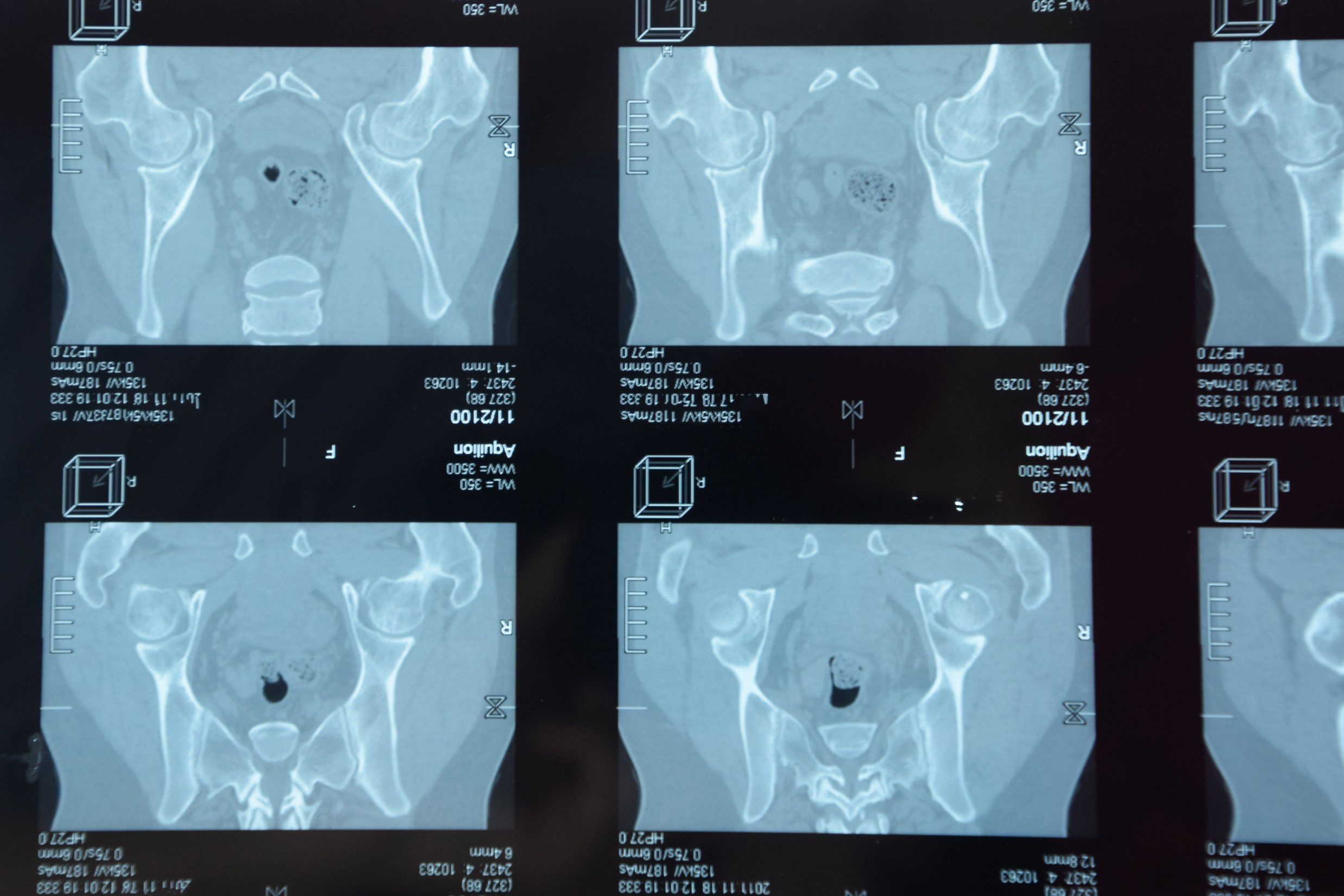Article
Ankylosing Spondylitis Cycle Through Treatment Options
Swedish researchers writing in Arthritis Research & Therapy earlier this year report that more than half (54%) of patients discontinue their first TNFi treatment within five years and those who remain on a TNF inhibitor treatment receive a lower dose.
(©Eleonimages,AdobeStock.com)

Swedish researchers writing in Arthritis Research & Therapy earlier this year report that more than half (54%) of patients discontinue their first TNFi treatment within five years and those who remain on a TNF inhibitor treatment receive a lower dose.
“While patients remaining on treatment with their first TNFi appear to be able to reduce the dose over time, a large proportion (63%) cycle through several biologics, and one-third have no anti-rheumatic treatment after 5 years. This indicates the importance of thorough follow-up programs as well as a need for alternative therapeutic options,” wrote researchers who were led by Ulf Lindström, M.D., of the Karolinska Institute in Stockholm.
Dr. Lindström and colleagues describe five-year treatment trajectories in patients with ankylosing spondylitis who were starting TNFi therapy for the first time.
TNF inhibitors (TNFi) are the mainstay treatment for patients with active ankylosing spondylitis (AS) who have tried NSAID therapy, but with little to no improvement in pain and other symptoms. Although TNFi treatment is associated with a high response rate and even inactive disease in 30 percent of cases-drug retention can be challenging.
Even though response rates are high, observational studies have suggested that adherence drops off over time with less than half of AS patients remaining on their first TNFi drug at five years.
Other studies have shown good results with a second TNFi after failure of the first. However, adherence to the second drug appears to be even worse than the first. In this study, the authors sought to describe the 10-year treatment trajectories in patients with ankylosing spondylitis after starting their first TNFi while comparing drug retention rates for the first, second, and third TNFi prescribed.
THE STUDY
The authors conducted a national register-based study of 2,595 of ankylosing spondylitis biologic naïve patients who were treated with a TNFi between 2006 and 2015 and followed for 10 years
The primary outcome consisted of remaining on the initial TNFi. Treatment trajectories that deviated from that endpoint represented the secondary outcome, specifically, retention rates for the first, second, and third TNFI. The final objective studied was dose reduction over time.
Treatment status was reported at one year intervals and it was determined if the patient remained on the primary treatment, switched to another biologic disease modifying anti-rheumatic drug (bDMARD), reduced the dose of a drug or discontinued treatment altogether.
THE RESULTS
Of 2,595 patients, 24 percent were also receiving a conventional synthetic DMARD while 82 percent received NSAIDs. At five years, 46 percent were still taking their first TNFi, and 13 percent transitioned to their second TNFi at the end of five years. 7 percent were on csDMARDs monotherapy and 20 percent discontinued treatment all together at five years. 47% stopped their first TNFi and did not start another treatment immediately.
The main reasons for discontinuing a drug included: adverse effects (27 percent), primary ineffectiveness (20 percent), secondary ineffectiveness (19 percent), and, other reason (26 percent).
More patients quit using infliximab than the other treatments. Drug retention was higher at five years for the first TNFi, and then the second, with the third drug having a markedly lower retention rate than the first two.
Based on the full dose of TNFi at the end of each year there was a gradual drop from 90 percent after year one to 66 percent by the fifth year.
TAKE-HOME POINTS
These results confirm that nearly half of ankylosing spondylitis patients starting a TNFi will either discontinue it or switch to another biologic within 5 years. Furthermore, subsequent TNFi drugs have even lower retention rates than primary treatment. However, even if ankylosing spondylitis patients are stopping TNFi therapy, almost two-thirds of them remain on some other biologic medication.
Patients are more likely to stay on their first TNFi drug than their second or third. Clinicians should encourage adherence at office visits but consider dose reductions in patients with ankylosing spondylitis who are stable on therapy.
As clinicians we can do everything right from prompt diagnosis to well planned and executed treatment. Unfortunately, adherence to prescribed treatment plans can get away from us. Patients with ankylosing spondylitis have to deal with a painful and debilitating condition and may become discouraged.
Every effort should be made to follow up with ankylosing spondylitis patients so that we know what they are taking and how much. Regular encouragement is necessary and when a change in treatment is needed, a thoughtful discussion should be had with the patient leading to a new plan with everyone on board.
REFERENCE:
Ulf Lindstrom, Tor Olofsson, Sara Wedren, et al. "Biological treatment of ankylosing spondylitis: a nationwide study of treatment trajectories on a patient level in clinical practice."Arthritis Research & Therapy (2019) 21:128 https://doi.org/10.1186/s13075-019-1908-9




